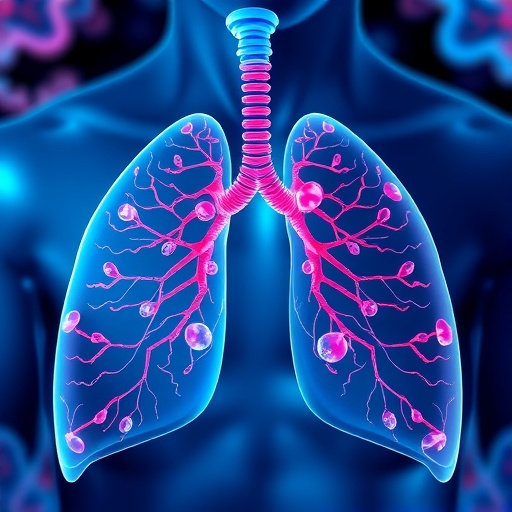Lipids research could lead to preventative treatments for potentially fatal condition
Researchers have discovered that a family of lipids (fats) contribute to the development of a serious aortic disease, by driving clotting in the blood vessel wall.
The findings could lead to the development of new treatments for this potentially life threatening condition.
The team, led by researchers at Cardiff University, in collaboration with colleagues at Oxford and Erlangen, discovered that the lipids, called eoxPL, promote the development of abdominal aortic aneurysm (AAA) – a disease of the aorta where inflammation causes damage and can ultimately lead to rupture.
When AAA ruptures, uncontrolled internal bleeding can lead to death within minutes; only about 2 in 10 people survive. Many aneurysms are not detected until they rupture, and for those that are, treatments to stop them progressing are limited. Men aged 65 and over are most at risk of developing AAAs.
Professor Valerie O’Donnell, Co-Director of Systems Immunity Research Institute at Cardiff University, who led the research, said: “After discovering new lipids that promote blood clotting we wondered if they also played a part in AAA, as we know the condition is linked to blood clotting.
“Our research found that these lipids in circulating blood cells did promote AAA formation in the vessel wall, because they directly regulate blood clotting.
“Unexpectedly, when administered into the blood system, the same lipids were also found to have preventative properties because rather than being made by circulating blood cells in the vessel wall they instead mop up clotting factors, causing them to be removed from circulation and preventing disease.”
Professor Jeremy Pearson, Associate Medical Director at the British Heart Foundation, which funded the research, added: “An AAA is not usually found before a life-threatening rupture occurs, and there is no routine treatment to prevent them. However, screening is offered to men from 65 years of age, which involves a simple 10-15 minute ultrasound scan.
“This research gives us a new understanding of the biological links between blood clotting and the development of an AAA. The findings also suggest that to stop blood clotting from happening, whether directly or by blocking the formation of these lipids, could be an effective way to reduce the risk of rupture in people where screening reveals an AAA.”
The study ‘Phospholipid membranes drive abdominal aortic aneurysm development through stimulating coagulation factor activity’ is published in Proceedings of the National Academy of Sciences and a review article on the new lipids was also published this month in Science Signaling.
###
Media Contact
Julia Short
[email protected]
http://dx.




